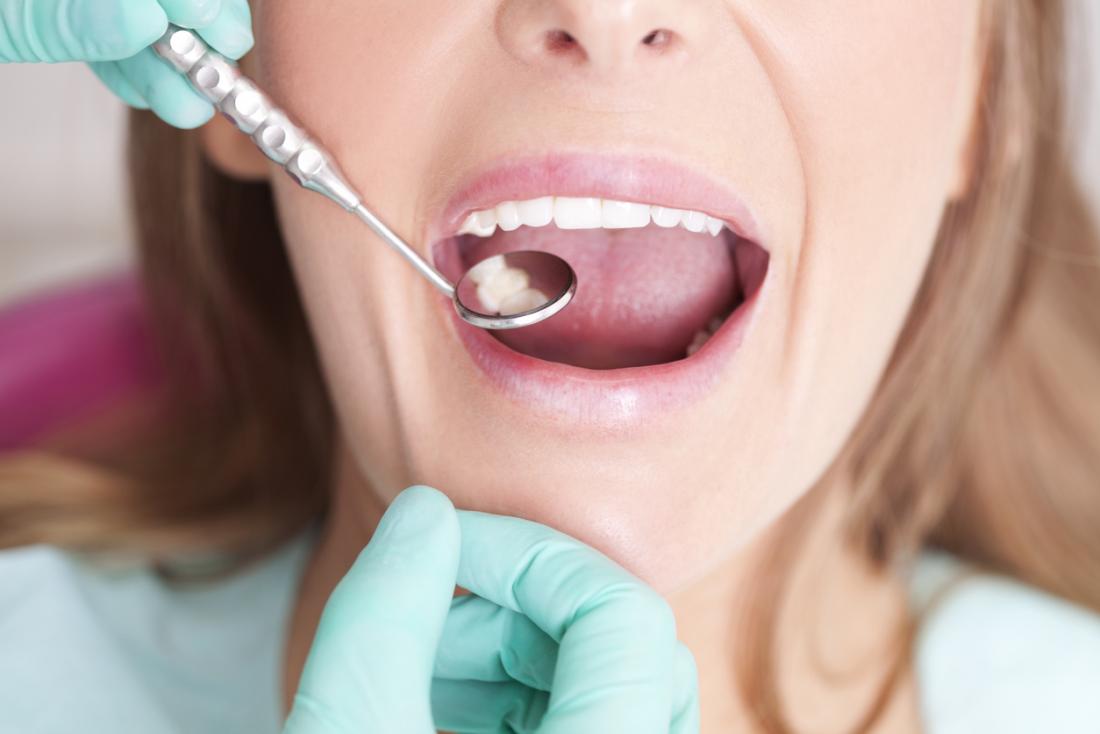According to the Dental Practitioners Law, a dentist is responsible for contributing to the improvement and promotion of public health and ensuring the healthy life of the people by exclusively taking charge of Dental Care and health guidance. I will do it. “Dental medicine” is an act related to occlusal construction (prosthodontics, filling, orthodontics), treatment of diseases that occur on the lower face such as teeth, jawbone, oral mucosa, tongue, lips, salivary glands, and masticatory muscles, and systemic diseases. Of these, it refers to actions such as treatment of diseases that appear in the oral cavity or lower face and functional recovery training.
The parts that overlap with the medical practice of the Medical Practitioners Law are oral diseases (oral cancer, tongue cancer, etc.) in otolaryngology, oral mucosal diseases in dermatology, etc. mykennewickdentist.com providing medical care. However, when oral cancer has spread to organs throughout the body other than the oral cavity, doctors and dentists exchange opinions on treatment policies with each other, and medical and dental cooperation treatment is performed there. In addition, doctors advocate otolaryngology and head and neck surgery, and dental and oral surgery only advocate dentists. Doctors cannot advocate dental and oral surgery.
Need for care between teeth:
Between the teeth, it is difficult for the tips of the toothbrush to reach, so plaque (plaque) tends to remain, and it is a place where tooth decay and periodontal disease are likely to occur. This interdental plaque can only be removed by about 60% with a toothbrush alone, but nearly 90% of plaque can be removed by using dental floss or an interdental brush together with a toothbrush.
Incorporate tooth-to-tooth care into your daily care for efficient care.
How to use the thread-wound type
1. About
15 cm Cut the dental floss to about 40 cm, wrap it around the middle fingers of both hands.2-3 times, make it about 15 cm long, and tighten it.
2. 1-2 CM
Operate by grasping the thread with the thumb and index finger of both hands.
3. Basic way of holding
Insert it slowly and with a small saw between the teeth according to the part to be used. After passing the contact point, insert the dental floss slightly into the gums (until it slips in).
4. Remove the plaque by wrapping
It is around your teeth and rubbing the surface of your teeth up and down a couple of times. Remove the plaque by wrapping it around your teeth and rubbing the surface of your teeth up and down a couple of times.
Precautions when using dental floss:
If you don’t know how to use it, talk to your dentist or dental hygienist. Use at least once a day after brushing your teeth. Look in the mirror, check the location and use it without damaging your gums. If the thread gets caught or frayed, you may have cavities or tartar between your teeth. Let’s talk at the dentist’s office. Dental floss is also necessary to prevent tooth decay in children. Parents should give it to children who cannot move it well by themselves. Use an interdental brush for areas with wide gaps between teeth.
1. How to use the interdental brush
- Holding the interdental brush like a pencil makes it easier to operate.
- Be sure to use it while looking in the mirror. Holding the interdental brush like a pencil makes it easier to operate.
- Insert slowly and diagonally so as not to damage the gums.
- Level the interdental brush and reciprocate it 2-3 times along the tooth surface to clean it. It is effective to use the back teeth from both the inside and the outside. Level the interdental brush and reciprocate it 2-3 times along the tooth surface to clean it. It is effective to use the back teeth from both the inside and the outside.
- Lightly apply an interdental brush to each side of the adjacent front and back teeth for cleaning.
- After use, clean it well with running water and store it in a well-ventilated place. If the hair on the interdental brush is disturbed, replace it.
2. Precautions when using an interdental brush
- Choose a size that fits your teeth.
- Choose a size that fits comfortably between your teeth and doesn’t feel tight when you move it.
- If you are using it for the first time, start with a smaller size. Even a small size does not fit, clean it with dental floss. If your teeth have different gap sizes, use several types of interdental brushes.
- Areas with periodontitis are prone to bleeding even with mild irritation. Removing plaque improves gum inflammation. When the inflammation improves, the gums become tighter and bleeding disappears, but the gap may widen. Be careful not to move it forcibly as it may damage your teeth and gums with a brush or wire. If you don’t know how to use it, talk to your dentist or dental hygienist


